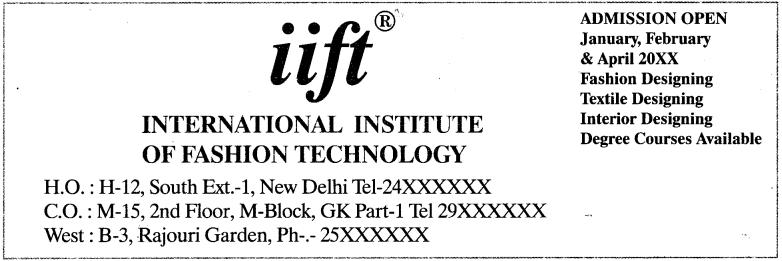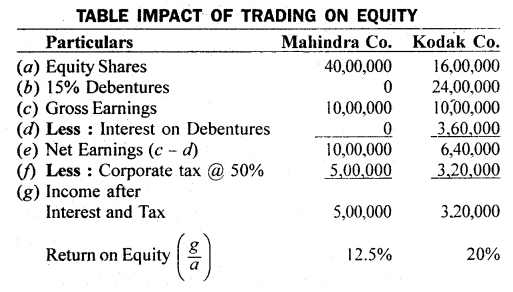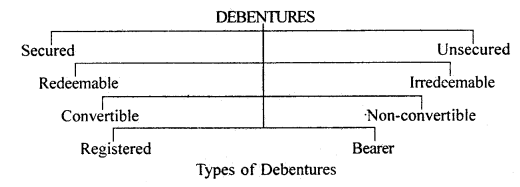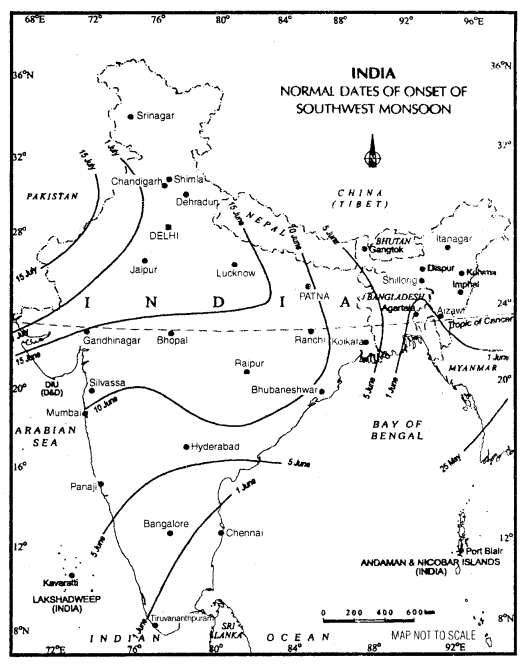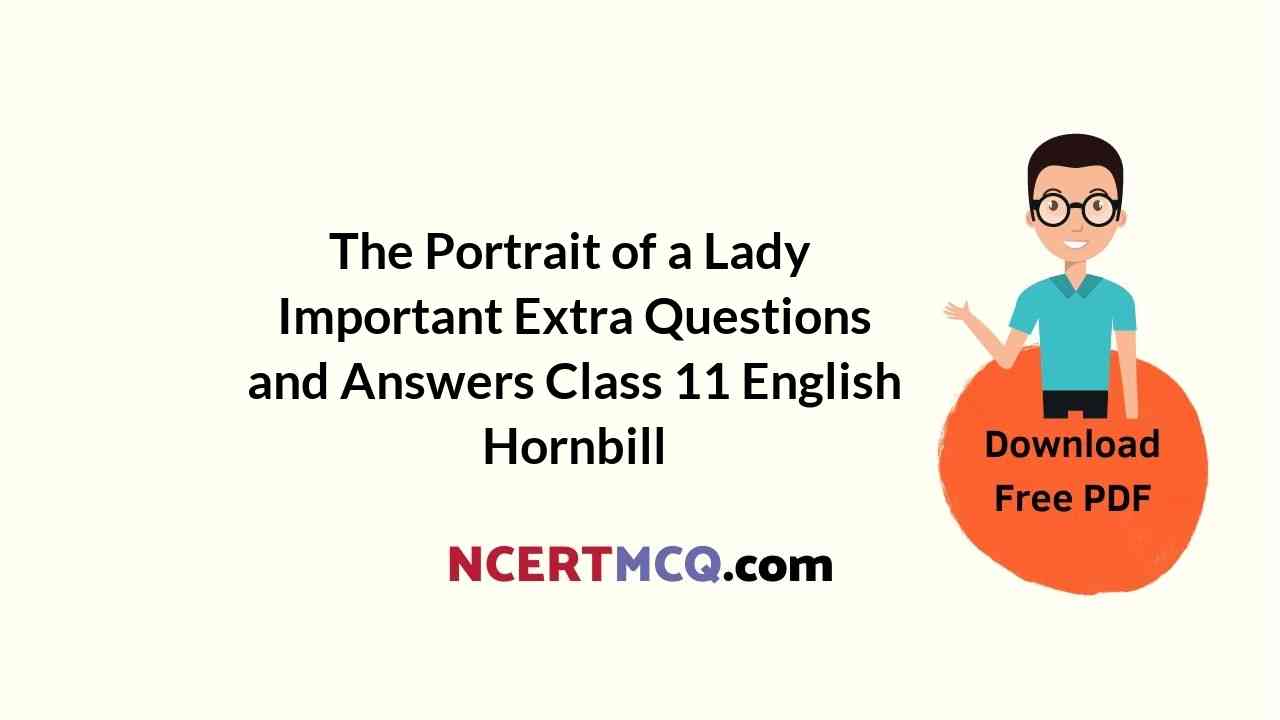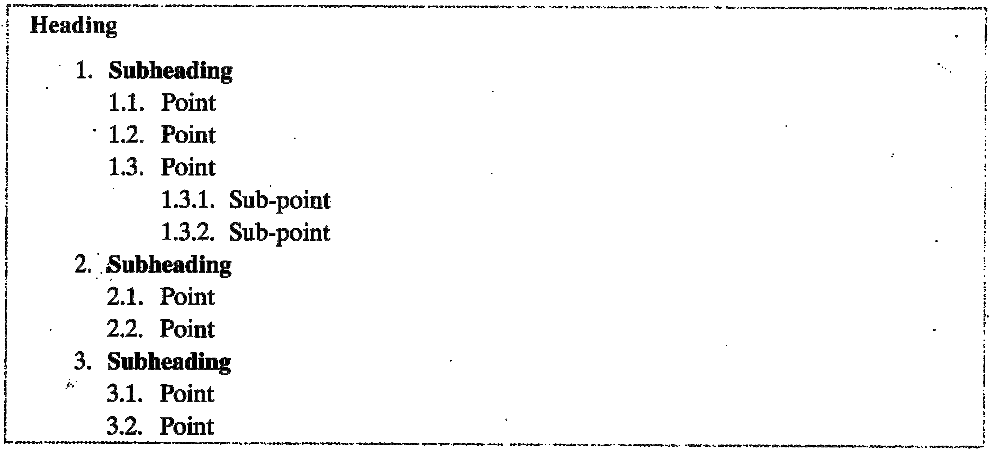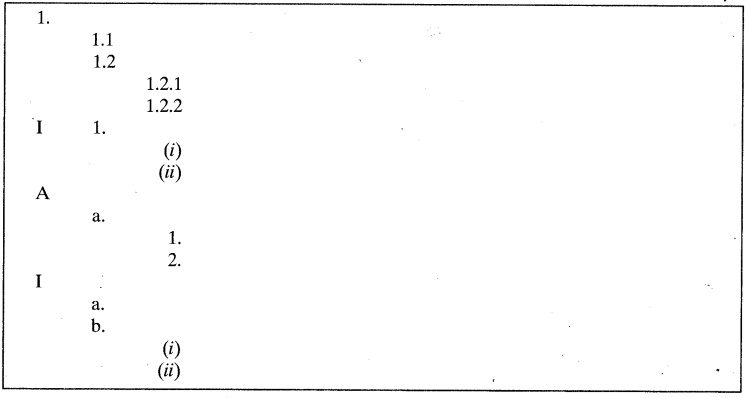Here we are providing Online Education Ranga’s Marriage Important Extra Questions and Answers Class 11 English Snapshots, Extra Questions for Class 11 English was designed by subject expert teachers. https://ncertmcq.com/extra-questions-for-class-11-english/
Online Education for Ranga’s Marriage Important Extra Questions and Answers Class 11 English Snapshots
Ranga’s Marriage Extra Questions and Answers Short Answer Type
Ranga’s Marriage Extra Questions Class 11 Question 1.
What does the narrator feel he could call his narration instead of ‘Ranga’s Marriage’?
Answer:
The narrator feels that the title could have been something like ‘Ranganatha Vivaha’ or ‘Ranganatha Vijaya’ because it is about one of the local lads of the village Rangappa called Ranga. The word ‘marriage’ is reminiscent of the western influence on this country boy, who had gone to Bangalore to study.
Rangas Marriage Extra Questions Class 11 Question 2.
What does the writer say about the Indians aping the West?
Answer:
The writer feels that Indians blindly follow the sahibs in England. Like a flock of sheep, they follow a single . one into the pit. He quotes the example of his village, Hosahalli, not finding a mention anywhere. He says when the English writers did not mention it, Indian geographers, too, did not ever refer to it.
Ranga’s Marriage Class 11 Extra Questions And Answers Question 3.
Why were the people of the village curious to see Ranga?
Answer:
The people of the village were curious to see Ranga because not many villagers were learned in English back then when the story takes place. Ranga was the first one to go to Bangalore for his education and his homecoming was celebrated and people flocked to witness the change, ten years of Bangalore, wrought in him.
Ranga’s Marriage Questions And Answers Class 11 Question 4.
What example does the writer give in order to prove that English words have become a part of our everyday vocabulary?
Answer:
The narrator brings out how English became a part of everyday vocabulary through this example. When an old woman brought a bundle of firewood to Rama Rao’s house, her son told her he did not have any ‘change’, and promised to pay later. The poor woman did not understand the English word ‘change’ and went away, puzzled.
Ranga’s Marriage Short Questions And Answers Class 11 Question 5.
What about Ranga impressed the narrator in the first meeting?
Answer:
Ranga noticed the narrator when the crowd had melted away. He came to the narrator and did a namaskara respectfully, saying, “I am all right, with your blessings.” His namaskara was traditional and respectful, unlike the modem practice. He bent low to touch the narrator’s feet.
Extra Questions Of Ranga’s Marriage Class 11 Question 6.
What kind of a bride was Ranga looking for? Why?
Answer:
Ranga wanted to marry a mature girl who would be able to talk lovingly. A very young girl was unlikely to understand him and could misconstrue his words, spoken in love. He cited the example of Dushayantha who had fallen in love with the mature Shakuntala. He felt, he could only marry a girl he admired.
Rangas Marriage Question Answer Class 11 Question 7.
Who was Ratna? Why was the narrator keen on getting her married to Ranga?
Answer:
Ratna was Rama Rao’s niece who had come to stay with him as her parents had died. She was from a big town, knew how to play the veena and the harmonium, and had a sweet voice. The writer considered her a . suitable match for Ranga.
Ranga’s Marriage Important Questions And Answers Class 11 Question 8.
How did the narrator arrange a meeting between Ratna and Ranga?
Answer:
The writer went to Rama Rao’s house and asked his wife to send Ratna to fetch the buttermilk that the narrator promised to send. When Ratna came, he told her to sit and requested her to sing a song. He then sent for Ranga. While she was singing, Ranga reached the door.
Ranga’s Marriage Question Answer Class 11 Question 9.
What was Ranga’s reaction? How did Ratna react to him?
Answer:
Ranga was taken in by the singing. He stopped at the threshold as he did not want the singing to stop, but was curious to see the singer. Carefully, he peeped in. The light coming into the room was blocked. Ratna looked up and seeing a stranger there suddenly stopped singing.
Ranga Marriage Question Answer Class 11 Question 10.
Explain: “The fellow said he would leave but did not make a move.”
Answer:
When Ratna stopped singing abruptly, Ranga said that it was his coming in that had stopped the singing. He expressed a desire to leave. He merely said it for the sake of saying, and he had no intention of going away. He was enamoured of the young girl.
Ranga’s Marriage Extra Question Answer Class 11 Question 11.
What information did the narrator give Ranga that disappointed him? Why do you think he did that?
Answer:
The narrator told Ranga that Ratna was married a year ago. He did this to help him realize his own feelings for the girl and not get carried away by Western ideas. The writer got the desired result.
Ranga Marriage Extra Questions Class 11 Question 12.
What was the narrator’s need to rope in the Shastri into his plan?
Answer:
Ranga was not going to admit the truth that he had fallen in love with Ratna had it not been for the Shastri. Ranga was made to feel that the Shastri was a genuine astrologer who had gauged the truth through his calculations. Hence, he admitted his true feelings.
Ranga’s Marriage Extra Questions And Answers Class 11 Question 13.
Explain: “There’s greater truth in that shastra than we imagine.”
Answer:
The Shastri said that the miserable plight of Ranga was on account of a girl, whose name was something found in the ocean such as Kamala, Pachchi or Ratna, forcing Ranga to admit to the truth. Ranga believed that the Shastri had calculated accurately, trusting the shastra to hold deeper truths.
Rangas Marriage Important Questions Class 11 Question 14.
What made the Shastri unhappy?
Answer:
When the narrator met the Shastri, he teased him for having repeated everything that was taught to him without giving rise to any suspicion. The Shastri did not like being teased. He said that what was told could have been found out from the shastras, and claimed to have developed on the provided hints.
Ranga Marriage Class 11 Extra Question Answer Question 15.
Ranga and Ratna were very fond of the narrator. Justify.
Answer:
Rangappa and Ratna had named their son Shyama after the narrator. They followed the English custom of naming the child after someone the parents were fond of.
Ranga’s Marriage Extra Questions and Answers Long Answer Type
Ranga’s Marriage Very Short Questions And Answers Class 11 Question 1.
The narrator pays a glowing tribute to his village, Hosahalli. What does he say?
Answer:
The narrator says it is a ‘pity’ if one has not heard of his village Hosahalli. He reasons that, there is no mention of it in any geography book because the sahibs in England, writing in English, did not know that such a place existed. He says the state of Mysore is to Bharatavarsha, what the sweet karigadabu is to a festive meal, then Hosahalli is to Mysore state what the filling is to the karigadabu.
He says that he is not the only one who speaks glowingly of Hosahalli but even the widely travelled doctor, Dr Gundabhatta agrees with him. He feels that some mango trees in their village have an extreme potency of sourness just as the leaves of the creeper make an excellent plate to serve the afternoon meal.
Question 2.
Discuss the reaction of the people towards Ranga.
Answer:
Ranga, the accountant’s son, was the first person from the village to be sent to Bangalore to study. Many people did not know English then. That was why Ranga’s homecoming was a great event. People rushed to his doorstep announcing that the accountant’s son had come. They wanted to go and have a look at Ranga. The crowd went and stood in the courtyard.
They were surprised to see that Ranga was the same as he had been six months ago when he had first left the village. An old lady, who was near him, ran her hand over his chest, looked into his eyes and said, since he still wore the sacred thread, it meant that he had not lost his caste. Once they realized that Ranga still had the same hands, legs, eyes and nose, they went away.
Question 3.
Describe the narrator’s ploy to get Ranga married.
Answer:
The narrator was determined to get Ranga married. He thought of Rama Rao’s niece, Ratna, would be the perfect bride for him. Next morning, he called Ratna to his place and requested her to sing. He also sent for Ranga, who became enamoured of her when he heard her sing. The narrator noticed Ranga’s interest but told him that Ratna had been married a year back. Ranga was visibly disappointed to hear this.
The next morning the narrator went to their Shastri and told him to keep everything ready to read the stars and also tutored him what to say. As planned, the Shastri pretended to make certain calculations and said that Ranga’s problem had something to do with a girl, whose name was something found in the ocean Kamala, Pachchi or Ratna. The narrator made Ranga admit his love for Ratna before he told him that she was not married.
Question 4.
Describe Ranga’s meeting with the Shastri.
Answer:
The narrator had tutored the Shastri as to what he should say. He, then, told Ranga to accompany him to see Shastri. As planned, the Shastri pretended to make certain calculations and said that Ranga’s problem had something to do with a girl. He added that the name of the girl was something found in the ocean such as Kamala (the lotus), Pachchi (the moss), or Ratna (the precious stone).
The narrator said that the girl in Rama Rao’s house was Ratna. He asked if there was any chance of their discussions bearing fruit. The Shastri was very positive and Ranga’s face revealed surprise and some happiness. The narrator said that the girl was married but there was a possibility of another suitable girl. Hearing this, Ranga was disappointed.


